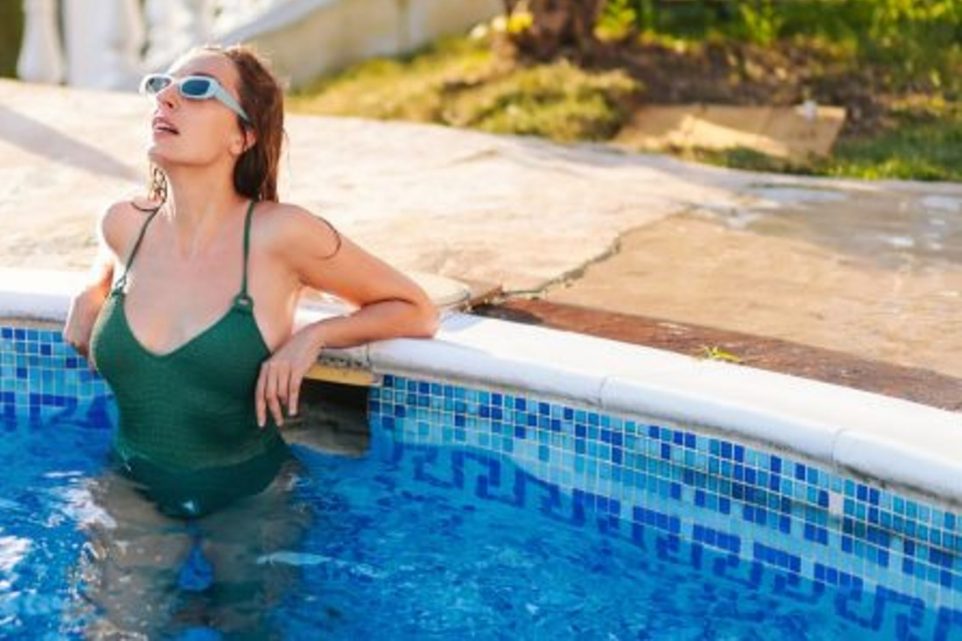How To Shock a Pool Like a Professional

Summer is almost here, so it’s time to prepare your pool for the hotter months. Shock treatment is an important part of pool maintenance, as it helps to keep your water clean and crystal clear. A lot of people don’t know the proper technique for shocking a pool; we’re here to help. It may seem intimidating initially, but with these helpful tips and tricks, you’ll be a professional pool shocker in no time!
Preparation
Before you begin shocking your pool, taking a few safety precautions is important. First, shut off all power sources before entering the pool area. Wearing protective gear such as goggles, latex or nitrile gloves, and rubber-soled shoes is also important while working with pool chemicals. You’ll also want to be sure to gather the necessary supplies before beginning the process. Don’t forget to check and make sure you have the appropriate amount of pool shock and a level testing kit on hand as well.
Testing the Pool Water
The next step for shocking your pool like a professional is testing your pool water for various elements. Start by checking the pH levels, as too high or too low a pH can prevent chlorine from effectively killing bacteria and other contaminants. Next, test for chlorine levels in your pool water. You should also test for other contaminants such as iron, copper, cyanuric acid and phosphate levels since they can also affect your pool’s performance if left unchecked.
Cleaning the Pool
Once you’ve tested the water and identified potential problems, it’s time to start cleaning the pool surfaces. Start by skimming the water’s surface with a pool skimmer net to remove any debris. Next, use your pool’s vacuum cleaner to clean the bottom of your pool. Finally, use a brush to scrub away dirt or algae on the sides of your pool walls and floor.
Adding the Shock
At this point, it’s time to calculate how much shock you need to add to your pool to be properly sanitized and safe for swimming. Generally speaking, one pound of shock should treat 10,000 gallons of water in an average-sized residential backyard swimming pool; however, it may be necessary to adjust this ratio based on other factors such as sunlight exposure and usage frequency.
When adding shock directly into your swimming pool use either a pre-measured dose or weigh out exact amounts yourself with a kitchen scale. Be sure not to place any directly on top of the lining of your pool since doing so may damage your pool liner over time due. Some recommend mixing it with pool water in a bucket and then adding it. After spreading out evenly throughout the entire body of water, run the filter system for 24 hours for adequate circulation throughout your swimming area before swimming again.
Important tip: The sun’s rays can burn off chlorine, so it’s best to shock the pool at night and use a pool cover.
Final Steps
The final steps in shocking your swimming area like a professional include balancing out its pH levels afterward. This helps ensure that all poolside activities can occur without any problems — especially in regard to skin irritation and eye burning that may occur if pH levels remain off. Be sure to re-test the chlorine levels along with other contaminants if they were out of whack before adding chlorine shock into the pool. Doing so guarantees that your beloved pool will remain safe and enjoyable throughout the seasons.
Conclusion
Shocking your pool is an important part of pool maintenance, and doing it correctly is essential for keeping your water clean and safe for swimming. It may seem daunting at first, but with a little knowledge and proper technique, you can make sure your pool is in tip-top shape for the summer.
Decades of Combined Expertise
Best Buy Guidebook is a culmination of online publishing lessons learned. From SEO to paid ads, our team has experienced the highest of highs and the lowest of lows. Our goal now is simple: Arm readers with the most information possible.
